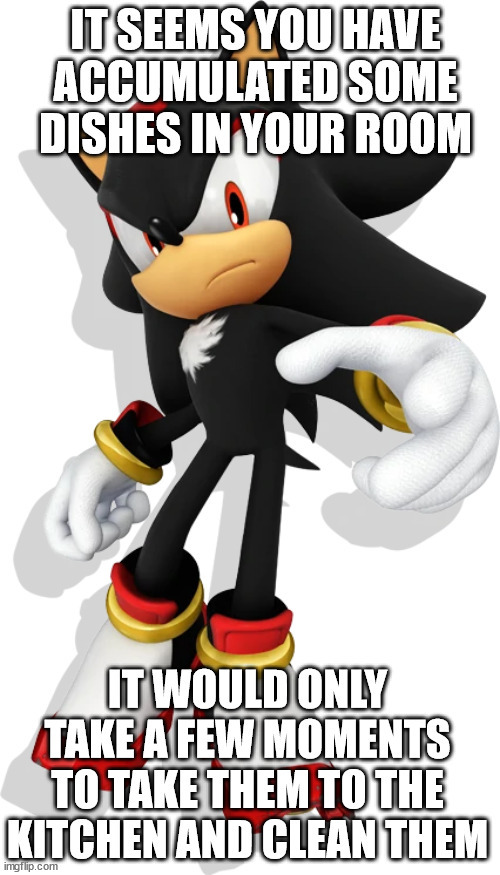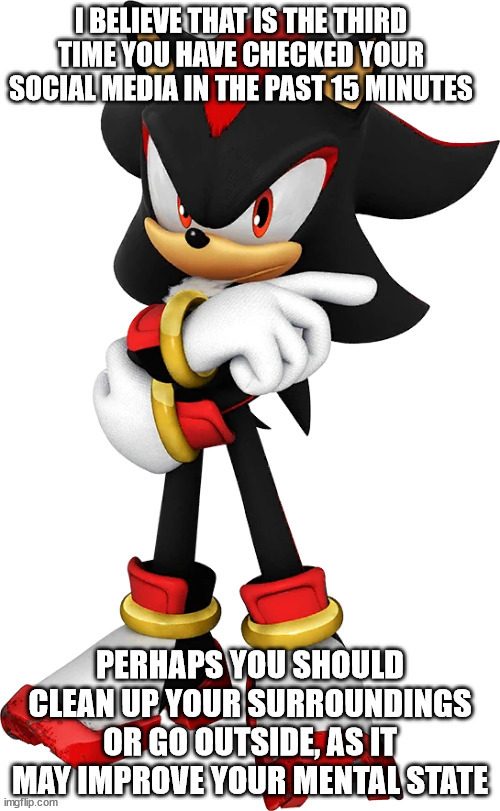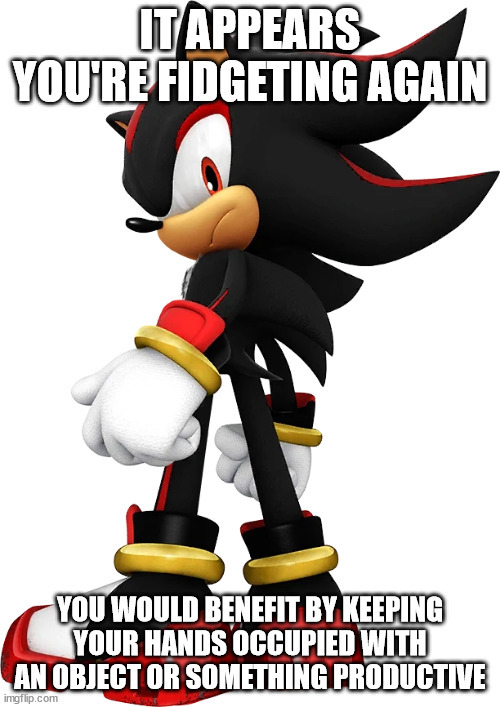Day Before Yesterday I Impulsively Nibbled A Bit Of My Mountain Mint Plant And After 3 Seconds Had To
Day before yesterday I impulsively nibbled a bit of my mountain mint plant and after 3 seconds had to spit it out because my mouth flooded with intense, burning minty cold much greater than normal spearmint
More Posts from Mlcly-bloo and Others






WOF Leafwing concept art. My aim here was to showcase some wings based on actual leaf types found in nature.
Read below cut for close-ups of each individual art & wing type.
I’m least familiar with arc 3 in the series, but I’m catching up slowly but surely and working on some cool headcannons & art for ya’ll! Which leaf shape do you like best?







Quite bizarre.
Girls who keep forgetting about art fightttt




so i actually found that meme with shadow telling me to fold my laundry helpful… so here are some others i made to get me to do stuff when i forget.
walkable cities also means sittable cities send tweet

out of all my misconceptions and false assumptions about who the sonic characters are, omega's definitely the funniest.

Living machines are essentially intensive, indoor artificial wetlands. Technical names for living machines include "advanced ecologically engineered systems" and "fixed-film ecology wastewater treatment systems." What they entail is mimicking natural processes of biological decomposition in a constructed aquatic environment. Simply put: dirty water goes in, passes through a series of self-contained aquatic ecosystems, and clean water comes out. The water is, in fact, so clean that it can be safely discharged into sensitive aquatic environments, like natural wetlands. And it does all of this without any of the usual chemical treatments or high-energy inputs of conventional wastewater treatment. Living machines produce such safe effluent because they achieve what is known as "tertiary treatment," meaning they successfully abate pollutants. How does a biological system do this? Simple: it uses them as inputs. Let me explain. The most common such pollutants are nitrogen and phosphorous. These happen to be the two nutrients whose out-of-whack flows have pushed us past a key planetary boundary. The biggest reason for this is industrial agriculture: it relies on synthetic nitrogen and mined phosphorous to exceed the carrying capacity of the ecosystems in which it operates. One of the big problems with industrial agriculture is that a great deal of the nitrogen and phosphorous applied isn't actually utilized by the food being produced: most of it runs off into waterways. This leads to far-reaching, ecologically catastrophic events ("eutrophication"). By constructing a complete food chain within the living machine, each step creates the food for the next step. Excess nutrients, like nitrogen and phosphorous, feed microorganisms which are then consumed by larger creatures and so on up the food chain, until we are left with harmless components and a great deal of life. The living machine converts pollution into biodiversity and clean water, instead of run-off and eutrophication. It's a prime example of true "regeneration."
traditional knife 石镰shilian specially used to harvest glutinous rice
-
 riverlandshymnal liked this · 3 weeks ago
riverlandshymnal liked this · 3 weeks ago -
 bijoumikhawal liked this · 1 month ago
bijoumikhawal liked this · 1 month ago -
 teeth-kid reblogged this · 1 month ago
teeth-kid reblogged this · 1 month ago -
 teeth-kid liked this · 1 month ago
teeth-kid liked this · 1 month ago -
 karameki liked this · 2 months ago
karameki liked this · 2 months ago -
 delta--scarelines liked this · 3 months ago
delta--scarelines liked this · 3 months ago -
 rabnerd28 liked this · 3 months ago
rabnerd28 liked this · 3 months ago -
 whitetiger94things reblogged this · 3 months ago
whitetiger94things reblogged this · 3 months ago -
 strixcaliber liked this · 3 months ago
strixcaliber liked this · 3 months ago -
 tenaciouscreative liked this · 4 months ago
tenaciouscreative liked this · 4 months ago -
 croclovmoon liked this · 4 months ago
croclovmoon liked this · 4 months ago -
 stainthestock1 reblogged this · 4 months ago
stainthestock1 reblogged this · 4 months ago -
 stainthestock1 liked this · 4 months ago
stainthestock1 liked this · 4 months ago -
 gophergal reblogged this · 4 months ago
gophergal reblogged this · 4 months ago -
 cats-n-swords reblogged this · 5 months ago
cats-n-swords reblogged this · 5 months ago -
 indighostly333 liked this · 5 months ago
indighostly333 liked this · 5 months ago -
 i-like-thing reblogged this · 5 months ago
i-like-thing reblogged this · 5 months ago -
 gexi-wanderluster liked this · 5 months ago
gexi-wanderluster liked this · 5 months ago -
 spooky-kits reblogged this · 6 months ago
spooky-kits reblogged this · 6 months ago -
 spooky-kits liked this · 6 months ago
spooky-kits liked this · 6 months ago -
 basic-bamboo reblogged this · 6 months ago
basic-bamboo reblogged this · 6 months ago -
 basic-bamboo reblogged this · 6 months ago
basic-bamboo reblogged this · 6 months ago -
 basic-bamboo liked this · 6 months ago
basic-bamboo liked this · 6 months ago -
 thesmallestfrogyouhaveeverseen liked this · 6 months ago
thesmallestfrogyouhaveeverseen liked this · 6 months ago -
 polymorphposting reblogged this · 6 months ago
polymorphposting reblogged this · 6 months ago -
 polymorphposting liked this · 6 months ago
polymorphposting liked this · 6 months ago -
 imsureitsaltru reblogged this · 6 months ago
imsureitsaltru reblogged this · 6 months ago -
 imsureitsaltru liked this · 6 months ago
imsureitsaltru liked this · 6 months ago -
 mar-y-tixrra reblogged this · 6 months ago
mar-y-tixrra reblogged this · 6 months ago -
 mar-y-tixrra liked this · 6 months ago
mar-y-tixrra liked this · 6 months ago -
 gaphic reblogged this · 6 months ago
gaphic reblogged this · 6 months ago -
 fvckw4d reblogged this · 6 months ago
fvckw4d reblogged this · 6 months ago -
 fvckw4d liked this · 6 months ago
fvckw4d liked this · 6 months ago -
 verdanceeternal reblogged this · 6 months ago
verdanceeternal reblogged this · 6 months ago -
 buffetlicious liked this · 6 months ago
buffetlicious liked this · 6 months ago -
 bonuscatart reblogged this · 6 months ago
bonuscatart reblogged this · 6 months ago -
 lapsed-bookworm reblogged this · 6 months ago
lapsed-bookworm reblogged this · 6 months ago -
 theponyarchive liked this · 6 months ago
theponyarchive liked this · 6 months ago -
 7000-bees-in-a-flesh-suit liked this · 6 months ago
7000-bees-in-a-flesh-suit liked this · 6 months ago -
 celestial-spider reblogged this · 6 months ago
celestial-spider reblogged this · 6 months ago -
 celestial-spider liked this · 6 months ago
celestial-spider liked this · 6 months ago -
 sundaysstrawberrykombucha reblogged this · 6 months ago
sundaysstrawberrykombucha reblogged this · 6 months ago -
 sundaysstrawberrykombucha liked this · 6 months ago
sundaysstrawberrykombucha liked this · 6 months ago -
 whattheheckisgravity reblogged this · 6 months ago
whattheheckisgravity reblogged this · 6 months ago -
 whattheheckisgravity liked this · 6 months ago
whattheheckisgravity liked this · 6 months ago -
 ward-leon liked this · 6 months ago
ward-leon liked this · 6 months ago -
 corvusavem liked this · 6 months ago
corvusavem liked this · 6 months ago -
 dangerousskeletoncoptree reblogged this · 6 months ago
dangerousskeletoncoptree reblogged this · 6 months ago -
 arithmeticanimaniac reblogged this · 6 months ago
arithmeticanimaniac reblogged this · 6 months ago -
 alanorto liked this · 6 months ago
alanorto liked this · 6 months ago

